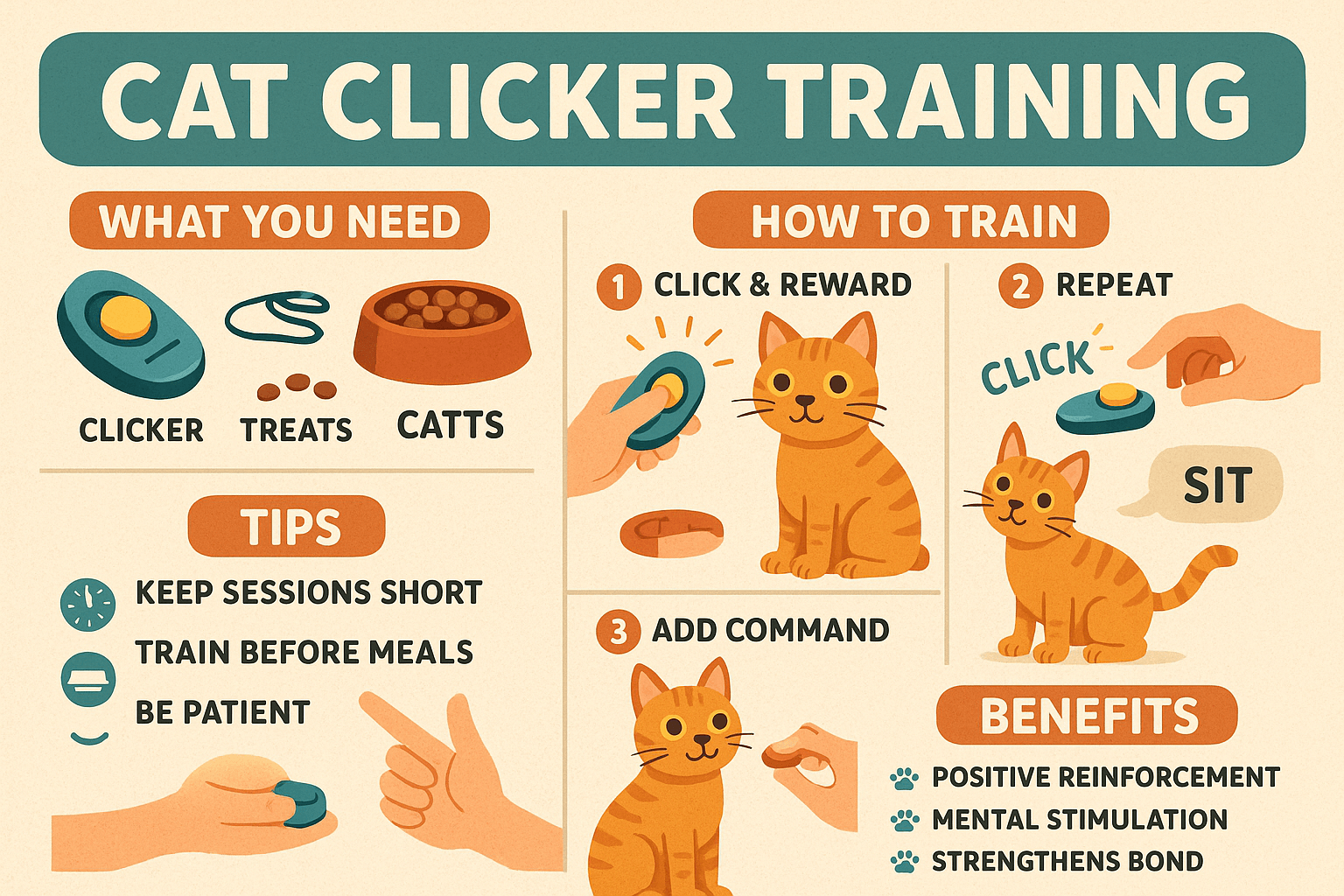How to Train a Cat to Sit: Unlocking the Secrets of Feline Cooperation
Cats are often seen as independent and untamed creatures, but did you know they can be trained just like dogs? While it might seem challenging at first, teaching your cat to sit is not only possible but also a rewarding experience for both you and your furry friend. Training your cat to sit can strengthen your bond, provide mental stimulation, and even make vet visits or grooming sessions easier. In this blog post, we’ll guide you through the process step by step, offering practical tips and insights to help you succeed. Whether you’re a seasoned cat owner or a newbie, these strategies will turn your feline into a well-behaved companion in no time.
Understanding Your Cat’s Behavior: The First Step to Success
Before diving into training techniques, it’s essential to understand your cat’s behavior and what motivates them. Cats are naturally curious and intelligent animals, but they respond differently to training compared to dogs. Here are some key points to keep in mind:
Cats are motivated by rewards, especially treats they love.
They have shorter attention spans, so training sessions should be brief.
Positive reinforcement works better than punishment.
Cats thrive on consistency; repetition is key to success.
Patience is crucial—cats may take longer to learn than other pets.
By understanding these aspects of feline behavior, you’ll be better equipped to create a training plan that suits your cat’s unique personality. Remember, every cat is different, so tailor your approach accordingly.
Essential Tools for Training Your Cat to Sit
To ensure a smooth training process, it’s important to gather the right tools beforehand. Having everything prepared will make your sessions more effective and enjoyable for both you and your cat. Here’s what you’ll need:
High-value treats that your cat finds irresistible.
A quiet and distraction-free environment for training.
A clicker (optional) to mark desired behaviors.
A comfortable space where your cat feels safe.
A consistent verbal cue, such as “sit” or a hand signal.
With these tools in place, you’ll set the stage for successful training sessions. Remember, the goal is to make learning fun and stress-free for your cat.
Check this guide 👉Can You Crate Train a Cat? Best 7 Expert Training Tips!

Training Tips | Common Mistakes to Avoid |
|---|---|
Use small, bite-sized treats. | Using punishment during training. |
Keep sessions under 5 minutes. | Expecting immediate results. |
Reward immediately after success. | Forgetting to end on a positive note. |
Stay calm and patient. | Skipping consistency in commands. |
Train in a quiet, familiar space. | Overloading your cat with commands. |
Step-by-Step Guide to Teaching Your Cat to Sit
Now that you’re prepared, let’s dive into the actual process of teaching your cat to sit. Follow these steps to guide your feline friend toward mastering this simple yet impressive trick:
Start by holding a treat close to your cat’s nose.
Slowly move the treat upward, causing your cat’s head to follow it.
As their head tilts back, their bottom will naturally lower into a sitting position.
Say your chosen command, such as “sit,” as soon as they assume the position.
Immediately reward them with the treat and plenty of praise.
Repetition is key, so practice this routine daily. Over time, your cat will associate the command with the action and perform it willingly. Celebrate small victories along the way to keep your cat engaged and motivated.
Troubleshooting Common Challenges During Training
Even with the best intentions, you may encounter obstacles while training your cat. Don’t worry—these challenges are entirely normal and can be overcome with patience and persistence. Here are some common issues and how to address them:
Your cat ignores the treat: Try using a higher-value reward or experimenting with different snacks.
Your cat loses interest quickly: Shorten the session and try again later when they’re more alert.
Your cat doesn’t sit consistently: Reinforce the behavior every time they do it correctly to build muscle memory.
Your cat seems stressed: Take a break and revisit training when they’re relaxed.
Progress feels slow: Celebrate incremental improvements and remain patient.
Remember, every cat learns at their own pace. By staying adaptable and supportive, you’ll help your cat succeed in their training journey.
Creating a Positive Training Environment for Your Cat
The environment plays a crucial role in your cat’s ability to focus and learn. A calm, distraction-free space can make all the difference in ensuring successful training sessions. Here are some tips to create the perfect setting:
Choose a quiet room where your cat feels safe and comfortable.
Remove toys, loud noises, or other pets that might distract your cat.
Use soft lighting to create a relaxing atmosphere.
Keep training tools like treats and clickers within easy reach.
Ensure the area is free of hazards or obstacles that could stress your cat.
By setting up an ideal environment, you’ll help your cat stay focused and engaged during training. A positive atmosphere not only boosts learning but also makes the experience enjoyable for both of you.
Understanding Your Cat’s Unique Personality Traits
Every cat has its own personality, which can influence how they respond to training. Tailoring your approach to suit your cat’s individual traits will yield better results. Consider the following factors:
Observe whether your cat is more food-motivated or prefers play as a reward.
Take note of their energy levels—some cats are more active in the morning, while others thrive in the evening.
Pay attention to signs of stress, such as flattened ears or a puffed tail, and adjust accordingly.
Recognize if your cat enjoys physical affection as part of their reward system.
Be mindful of past experiences that might affect their willingness to participate.
By understanding and respecting your cat’s unique characteristics, you’ll build trust and make training sessions more effective. Remember, patience and empathy go a long way in nurturing a cooperative relationship.
Enhancing Bonding Through Training Sessions
Training isn’t just about teaching commands—it’s also an opportunity to strengthen the bond between you and your cat. When done right, these sessions can become a source of joy and connection. Here’s how you can make the most of this time together:
Use a gentle tone of voice to communicate warmth and encouragement.
Celebrate small achievements with enthusiastic praise or cuddles.
Incorporate short playtime after training to reinforce positivity.
End each session on a high note, even if progress seems minimal.
Show consistency in your interactions to build trust and reliability.
By focusing on the emotional aspect of training, you’ll deepen your relationship with your cat while helping them learn new skills. These moments of connection will leave both of you feeling fulfilled and happy.
Frequently Asked Questions About Training Your Cat to Sit
Can all cats learn to sit?
Yes, most cats can learn to sit with patience and consistent training. However, individual temperaments may affect the speed of learning.
How long does it take to train a cat to sit?
It varies depending on the cat, but many cats can learn within a few days to a couple of weeks with regular practice.
What if my cat refuses to participate?
If your cat isn’t interested, try shorter sessions, use more enticing treats, or wait until they’re in a playful mood.
Should I use a clicker for training?
A clicker can be helpful but isn’t necessary. Verbal cues and hand signals work just as well.
Can I teach an older cat to sit?
Absolutely! Cats of all ages can learn new tricks, though older cats may require more patience.
Celebrating Success: The Joy of Training Your Cat to Sit
Teaching your cat to sit is more than just a fun party trick—it’s an opportunity to deepen your bond and enrich your pet’s life. Through patience, consistency, and positive reinforcement, you can unlock your cat’s potential and enjoy the satisfaction of seeing them succeed. Remember, every step forward is worth celebrating, no matter how small. With the tips and strategies outlined in this guide, you’re well-equipped to embark on this rewarding journey. So grab some treats, set aside a few minutes each day, and watch as your feline friend surprises you with their newfound skills. Happy training!
Cat Clicker Training: Best 7 Expert Tips! Discover how to train your cat using clicker techniques, improve behavior, and strengthen your bond with simple, effective strategies.
Lorem ipsum dolor sit amet, consectetur adipiscing elit. Ut elit tellus, luctus nec ullamcorper mattis, pulvinar dapibus leo.
Cat Ear Mites Treatment: Best 7 Expert Tips! Discover effective solutions to treat and prevent ear mites in cats, ensuring your pet's comfort and health with expert advice.
Cat Acne Treatment: Best 7 Expert Tips! Discover effective remedies, prevention strategies, and expert advice to treat and manage feline acne for a healthier, happier cat.




